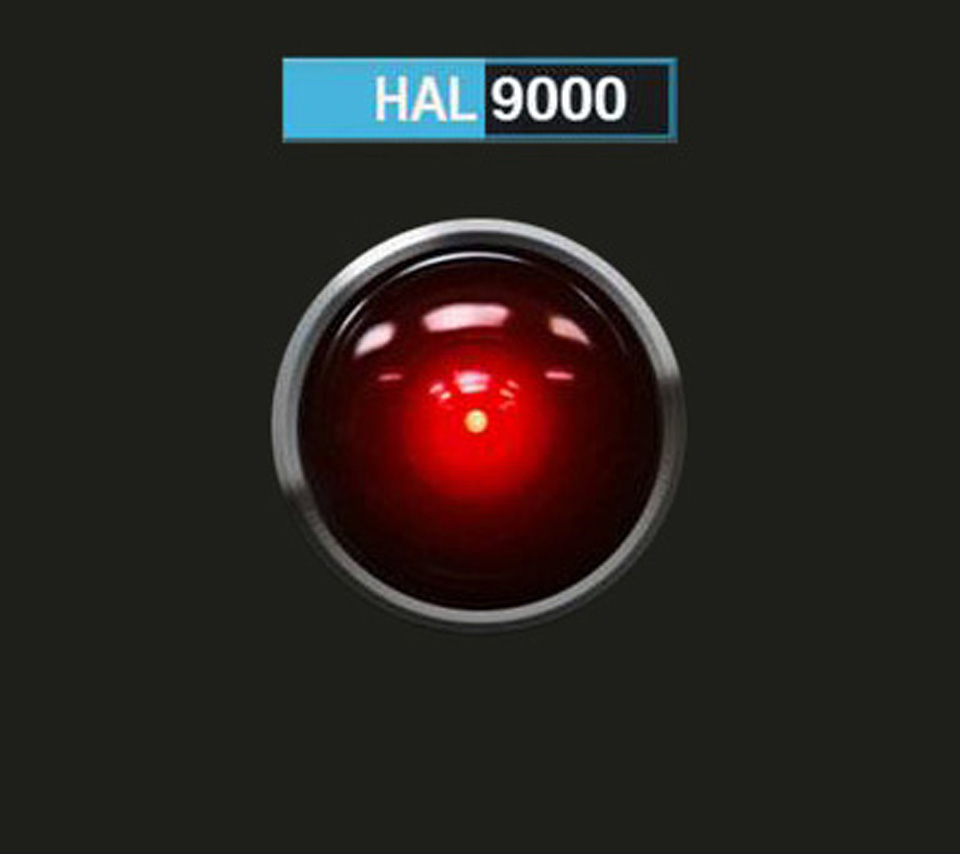Part 1 of the Algorithms in Ruby Series
What is an algorithm?
Well in short an algorithm is just a series of steps it takes an entity to solve a problem. Everyday you use algorithms without even noticing you are using them.
For example in order for me to head to work in the morning first I must brush my teeth, take a shower, dry off and get dressed for work.
The Goal: Get ready for work.
The Problem: I wake up with morning breath and a slight sweaty smell.
The Formula for the solution:
- Brush Teeth
- Take Shower
- Dry Off
- Get Dressed
Now I can set out for work. See algorithms made easy!

Let’s play a game…
The computer is going to randomly select an integer from 1 to 42. You have to make guesses until you find the number that the computer chose.
You may think to yourself at first, “Well I will just guess the number 1 first and if that is not the number, I will guess 2 next and so on…”.
This, my friend, is what we call a linear search approach, because you guess all the numbers in a linear matter.
Yes that approach will work, but here is the problem. If the computer selected 6, you would need 6 guesses to get it right. If the computer selected 24, you would need 24 guesses… can you see where this is going?
Just imagine if during this game between you and the computer you used the linear method for searching on any two ranges of your choice (1 to 30, 12 to 42, etc.), but the computer got to pick the max number for the overall range of numbers (meaning the computer can pick a number from 1 to 42, 1 to 360, or even 1 to 1,000,000)… Oh an if you didn’t guess the right answer in less then 30 tries you would die a horrible death!

Worry not my friend, for I have great news for you. What if I told you that with the right information you could find the computers randomly selected number from 1 to 1,000,000 in less then 30 tries!!!
To make this easy, first we will have the computer randomly select a number ranging from 1 to 10. Next instead of guessing the number 1 you decide to guess the number that is in the middle of the range. This means you will guess the average of max and min, rounded down so that you will always have an integer.
Next if you guessed the right number then the game is over, you found the right number!
If that is not the case and your guess was too low, set min to be one larger than the guess and make a new guess.
Else if the guess was too high, set max to be one samller than the guess and make a new guess.
We can shorten and write out this algorithm as follows:
- Let min = 1 and max = n
- Guess average of max and min, rounded down.
- If you guessed the correct number, game over.
- If you guess was too low, set min to be one larger than the guess.
- If the guess was too high, set max to be one smaller than the guess.
- Go back to step 2.
So lets say the computer randomly selected 1 as its number. Using the method outlined above you will guess the right answer in 3 tries.
- Min = 1 and Max = 10
- (1 + 10) / 2 = 5 | First guess was too high, rule out numbers 5 to 10
- (1 + 4) / 2 (rounded down) = 2 | Second guess was too high, rule out numbers 2 to 4
- (1 + 1) / 2 = 1 | You guessed correct!
CONGRATULATIONS!!! You just did a binary search!
Now for our next step lets take what we just learned and write a ruby program that will do all the work for us. We will make it so that we can enter the max range instead of the computer randomly selecting one, but we will still let the computer randomly select a number ranging from 1 to n.
1 2 3 4 5 6 7 8 9 10 11 12 13 14 15 16 17 18 19 20 21 22 23 24 25 26 27 28 29 30 31 32 33 34 35 36 37 38 39 40 41 | |
See you next time!